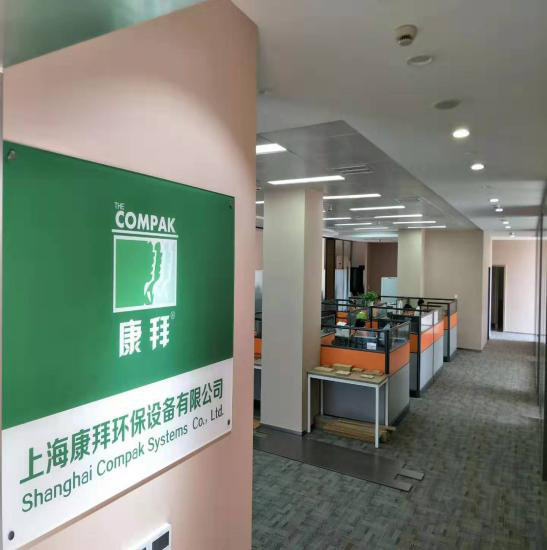|
"Necessity
is the mother of Invention"
The concept of using agricultural waste
materials to produce a panel was originated in the early 1970¡¯s.
A farming equipment manufacturer located at Gainsborough, Lincolnshire
in the heart of rural England,
saw that the need to use crop residue materials such as wheat straw,
was becoming an economic imperative. Government legislation had banned
the burning of straw in the field as a pollutant of air quality.
What was to be done with this waste material?
The worlds forests under threat from excessive logging in order to
supply mankind¡¯s need for wood products, was also becoming a major
global concern.
Combining the idea to produce a panel product from an annually
renewable source such as agrifibre, and the prevention of further
deforestation, have been key influencing factors in the development of
this new technology.
Early material research determined that conventional binders used in
the wood based panel industry such as Urea Formaldehyde, did not work
well with straw, and it wasn¡¯t until a new high technology binder ¨C
polymeric MDI became available on the market that the advances in
agrifibre board making became a reality.
The COMPAK SYSTEM was born from this need.
"Development
of a New Industry"
Once the potential for Agrifibre
panel making technology was established, material technology
development increased.
During the 1980¡¯s Under an innovative and entrepreneurial investment
programme, process technologies were refined, and other Agri-materials
were reviewed for potential.
The questions of turning the material technology advances into a
commercial reality, still existed.
In 1984, COMPAK SYSTEMS was formed, to develop the
process and bring to the market this new international industry.
The major question to be resolved was that of balancing economic cost,
in terms of capital, and operating expense.
Straw indeed has a cost, such as baling and transport from the field to
the plant. Also the basic raw material for the process would become
available only once a year at harvest.
It was determined that there were two main cost components to the use
of straw materials
Distance of transport between the source of straw and the manufacturing
plant.
- Storage at site for one year.
"Bringing
a New Industry to the Market"
After some 5 years of development of
the system, it was apparent that, in order to prove the technology as a
viable business proposition, a working system was required. Material
Technology and prototype designs were not going to be enough.
In 1990 Compak Systems built its first full size
production unit at its headquarters in Gainsborough.
The Gainsborough reference plant was to be used as a research and
development vehicle, but also would produce the first commercially
available Agrifibre Panel products then simply known as
"Compakboard".
"Historical
Milestones"
Since its inception, the Compak
System has undergone considerable upgrade and refinement, the output
being doubled from its initial capacity rating.
Key milestones of progress have been :-
1984 - Compak Systems formed
1990 - Reference plant built
1992 - First commercial operation ¨C Pakistan (Wheat)
1995 - Fifth Compak Installation ¨C Philippines(Bagasse)
1998 - 2 line operation ¨C Philippines (Bagasse)
1999 - Compak Up-rates plant to 40 tonnes per day; First twin-line
operation Canada (Wheat)
2001 - Compak install 20th production line (Vietnam)
2002 - Shanghai Compak Systems Co., Ltd formed
2008 - Heilongjiang Shuangchuang City 15,000 square corn stalk production line.
2018 - Huimingguang 30,000 cubic meters of wheat straw production line.
2019 - Shandong Juye 30,000 square corn production line was built.

|